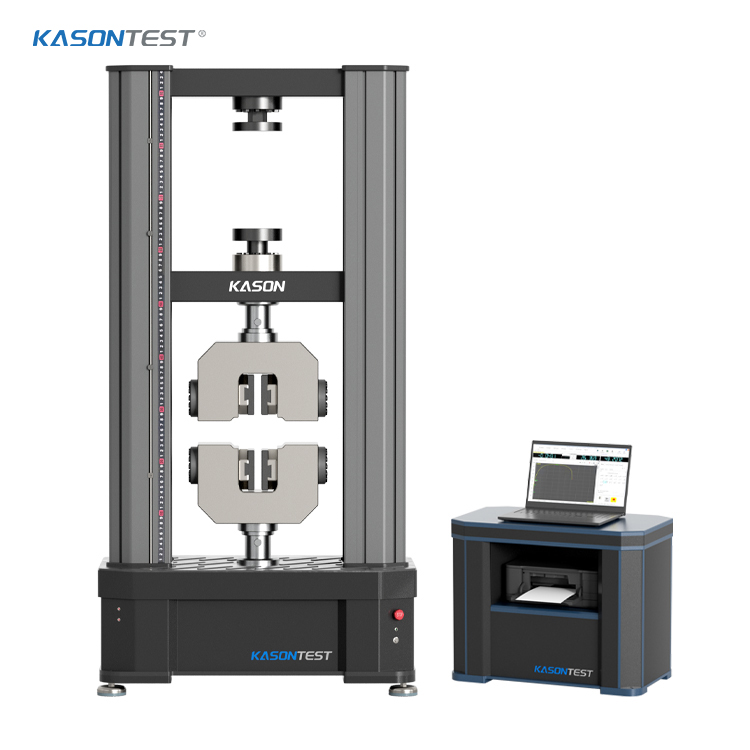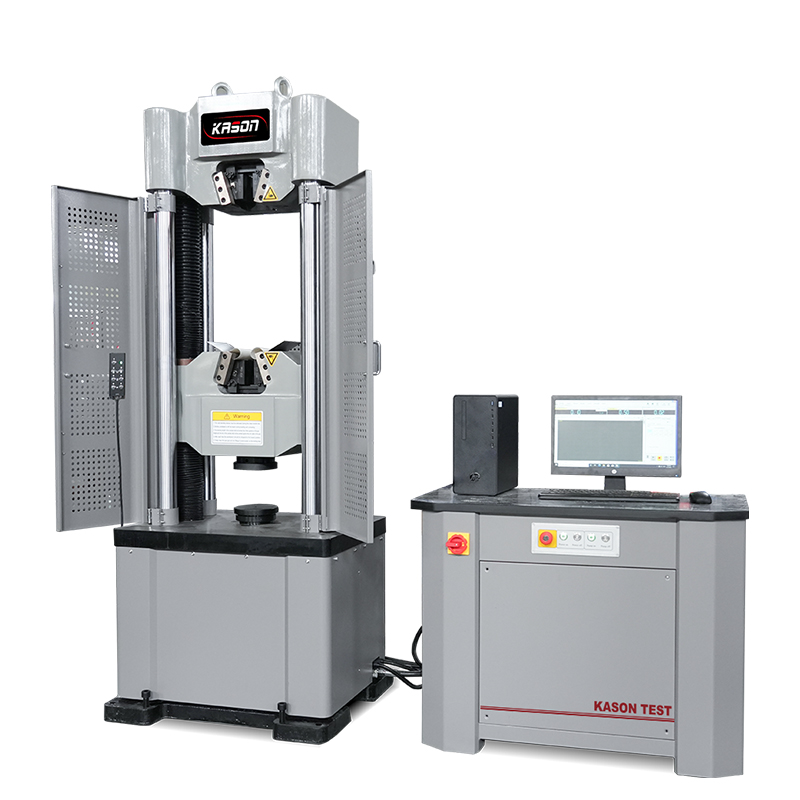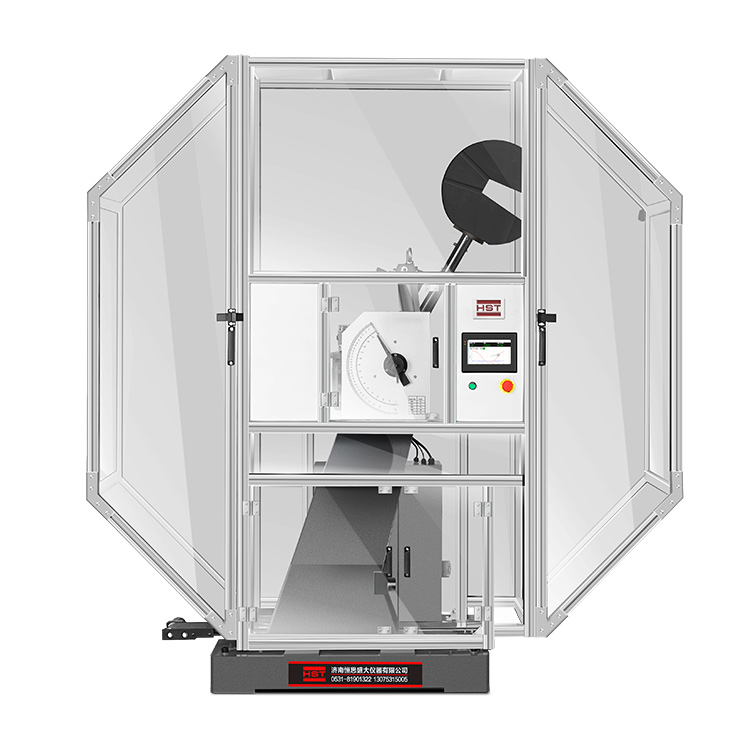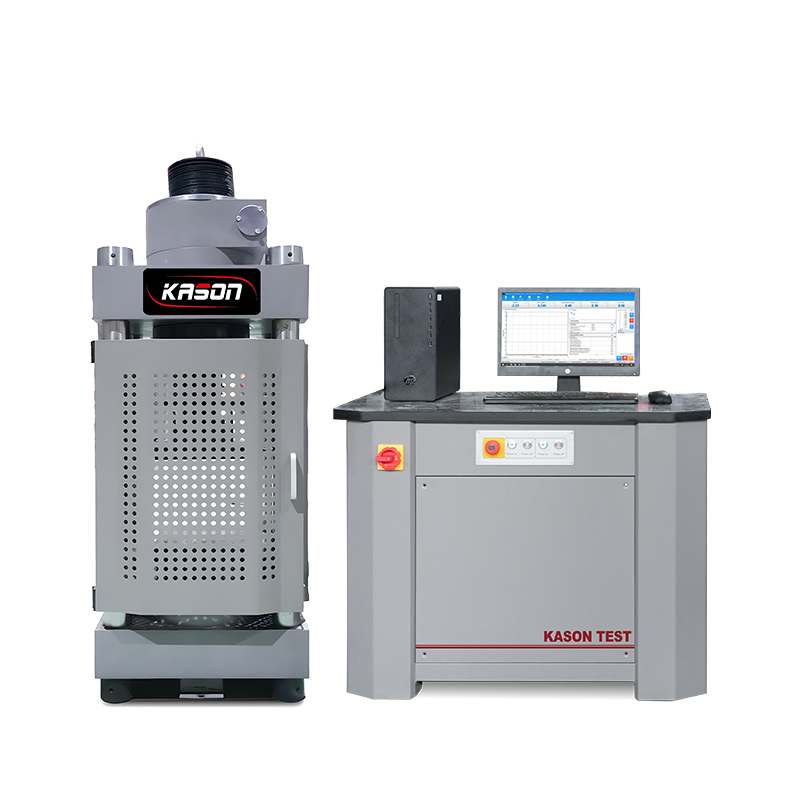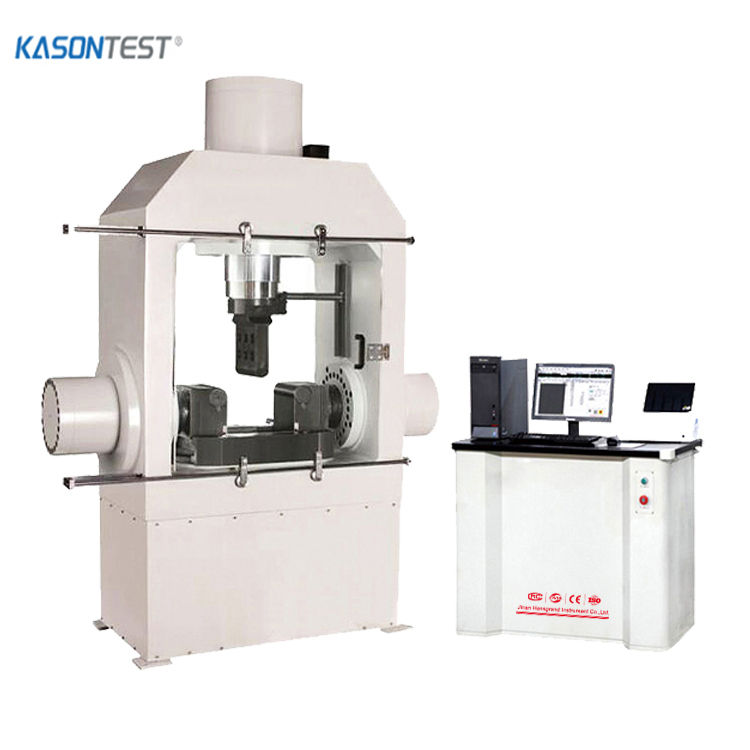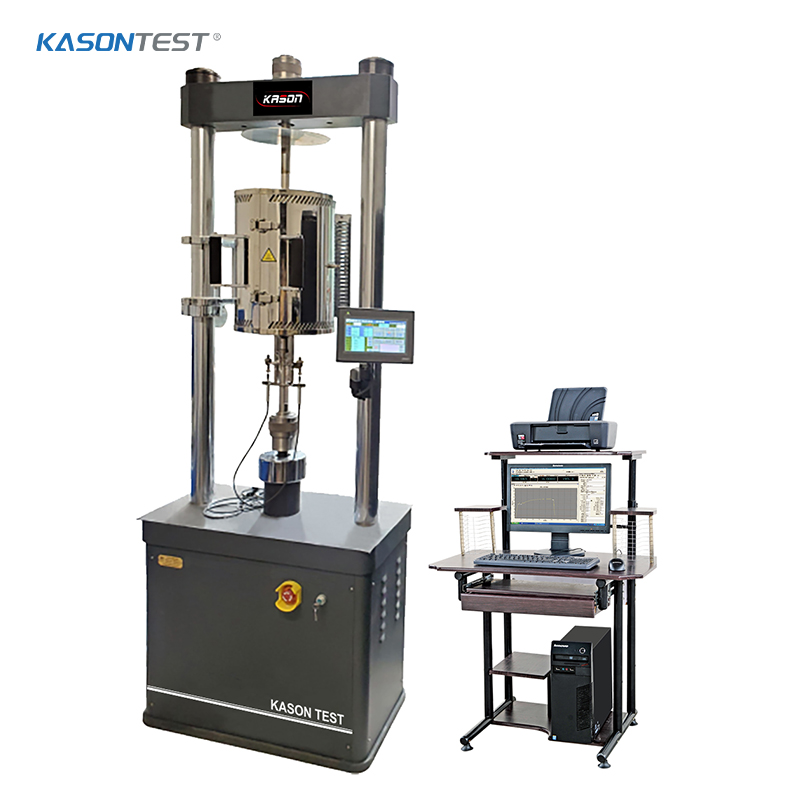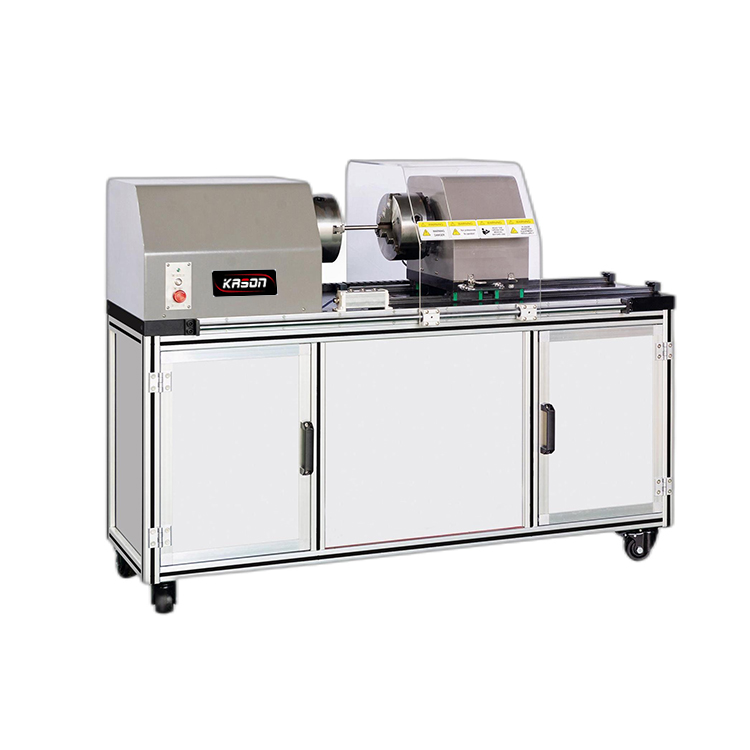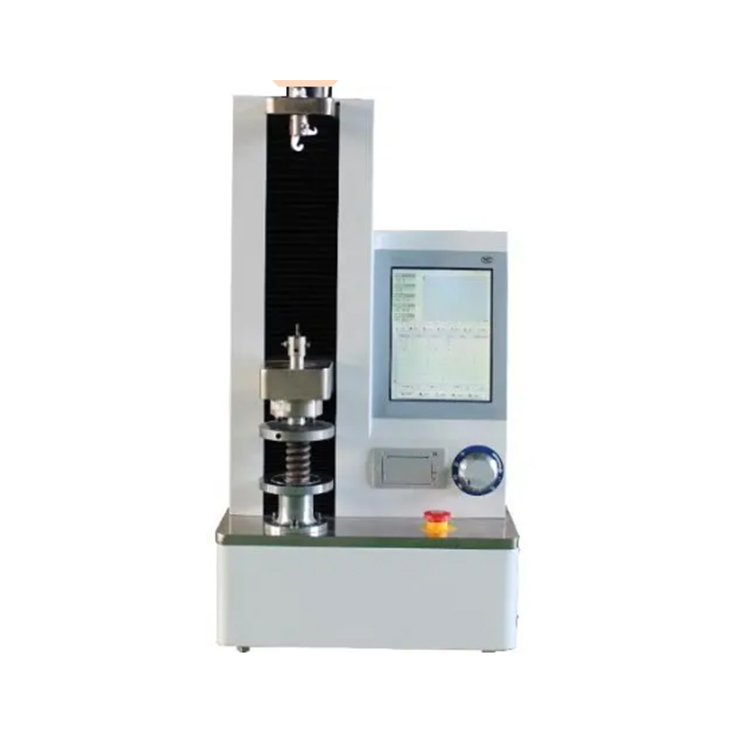Leather testing
Leather testing involves evaluating the physical and chemical properties of leather to assess its quality and ensure it meets specific standards. This includes tests for strength, durability, colorfastness, and the presence of harmful chemicals.
Types of Leather Tests:
Physical Tests:
Tensile Strength: Measures the leather's resistance to breaking under tension.
Tear Strength: Determines the resistance to tearing.
Flexing Endurance: Assesses the leather's ability to withstand repeated bending without cracking or damage.
Colorfastness: Evaluates how well the leather's color resists fading due to light, water, or rubbing.
Abrasion Resistance: Determines the leather's ability to withstand wear and rubbing.
Chemical Tests:
Chromium VI Test: Detects the presence of toxic chromium VI compounds, which can cause allergic reactions.
pH Value Test: Measures the acidity or alkalinity of the leather, which can affect its durability and comfort.
Other Tests:
Microscopy: Used to identify the type of leather and confirm its authenticity.
Moisture Test: Checks the leather's ability to absorb water, which can indicate its genuine nature.
Function Tests: Evaluate the performance of leather products like bags and belts.

